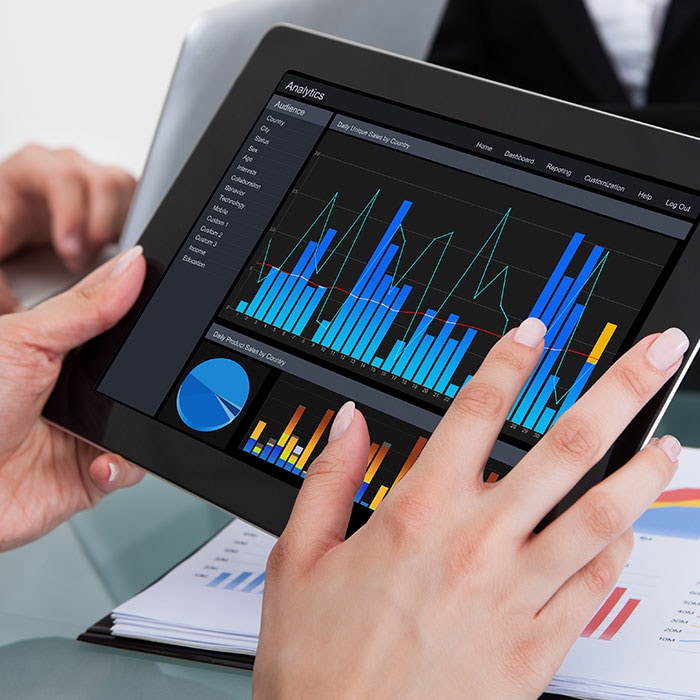Robotic process automation for digital utilities has been saved

Perspectives
Robotic process automation for digital utilities
Explore use cases and perspectives
Robotic process automation (RPA) is a technology solution that has gained popularity for its ease of implementation, rapid deployment, and ability to deliver immediate, measurable results. RPA uses computer software or "robots" to perform repetitive, rules-based tasks to boost capabilities and save time. RPA is similar to an Excel macro—without being limited to use with Excel files. Examples of RPA include opening an email, downloading a spreadsheet attachment, and copying the data from the spreadsheet into an ERP system.
Explore content
- Robotic invoicing utilization
- Finance & accounting robotics
- Joint venture accounting
- RPA pilot demonstrates value of automation for finance operations
- Get in touch
Robotic invoicing utilization
Automated identification, extraction, and aggregation of qualifying expenses from manual invoices to fulfill compliance requirements. Robotic manual invoice data extraction and optical character recognition capabilities identify variable expenses to perform various regulatory disclosure requirements and third-party contract compliance assurance. The technology combines variable data points to perform automated calculations in support of compliance conditions. The end-to-end robotic invoicing utilization solution also combines quantitative data with qualitative standardized narratives in satisfaction of disclosure and compliance requirements, thereby increasing reporting efficiencies.

Finance & accounting robotics
Optimize monthly accounting close process and balance sheet reconciliations through the use of RPA. RPA technology enhances the accounting close process and financial reporting by automating repetitive processes (e.g., cash application, data entry). As a result, manual efforts can be deployed to more value-added analysis and reduces overall labor requirements. Overall efficiency is maximized by running 24/7/365 allowing information to be available on-demand to end users. Human error (i.e., financial risk) and employee costs are minimized as the RPA process is operationalized throughout the organization.

Joint venture accounting
RPA to replicate a user or a set of users' activities to automate manual processes. Robotic process automation can accurately manage changes to working interest and participation in joint-venture production accounting involving high volumes of add/ deletes/changes in addition to routine data management. Additionally, the opportunity exists to automate the Purchase Order (PO) generation process in support of joint venture arrangements. Also, RPA performs transactions such as transfer pricing monitoring, asset transfers, and cash transactions (e.g., applications, transfers). A central data repository will improve data accuracy around intercompany accounting processes ensuring balanced entries.
Automation of the majority of these repetitive and high volume tasks can lead to significant benefits:
- Faster cycle times, improved throughput and accuracy: 'Bots’ are designed to perform tasks with a high degree of accuracy and high-throughput—making 24x7 operations possible
- Increased capacity: 'Bots’ free up
finance resources to focus on value-added activities - Flexibility and scalability: Once a process has been defined as a series of instructions that a bot can execute, it can scale rapidly
- Reduction in human error risk

RPA pilot demonstrates value of automation for finance operations
An electricity supplier was looking for help to prove the value automation could provide in its finance function and develop lessons on how to implement automation in its environment. This would begin with the evaluation and selection of a finance process for implementing a proof-of-concept (POC) automation solution.
Find out how our pilot led to the development of 50 possible finance RPA use cases and identified potential savings.
Recommendations
Enterprise tech myths
Reality check series



